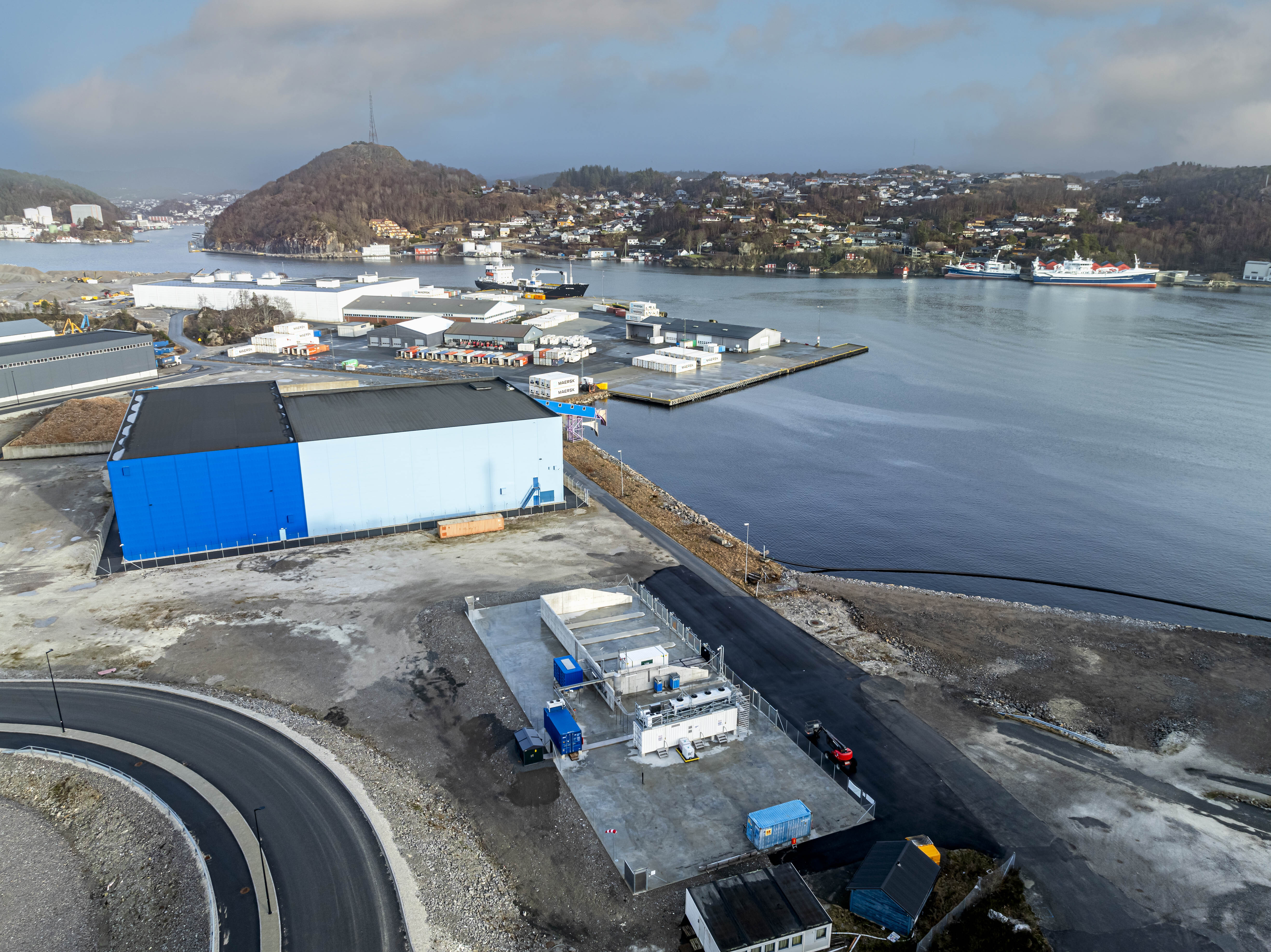NORCE was central in the initiation of the EU Horizon project ROBINSON which led to the installation of the 1MW hydrogen plant. The expansion of the factory will put Egersund Port on the map as an important hub for green shipping fuels.
- This is solid proof that ROBINSON has been of great importance for the development of sustainable energy solutions on industrialized islands, says Arild Stapnes Johnsen.
He is technical and innovation leader at Dalane Energy company on behalf of the consortium in Egersund which operates the newbuilt factory and which received the NOK 206 million funding. The owner of the factory is Kaupanes Hydrogen AS, owned by Dalane Energi, Eigersund Næring og Havn and Hydrogen Solutions AS.
Johnsen continues:
– No ROBINSON - No hydrogen plant! A big thank you to those who saw the ROBINSON project as an opportunity.
The EU Horizon financed project ROBINSON started in 2020 to develop and demonstrate an integrated energy concept on Eigerøy to decarbonize islands by being highly flexible and adaptable.
The modularity of the concept will allow for replicability on different (European) islands and support them towards the transition and decarbonization of their energy systems.
Eigerøy is the pilot islands in the project, with two follower islands being the Western Iles and Crete.
The region of Rogaland will with this expansion increase its economic importance and attractiveness, with this first hydrogen value chain in operation. The hydrogen chain in Norway is also important internationally, bringing Europe one step closer towards the achievement of its ambitious net-zero climate targets.



